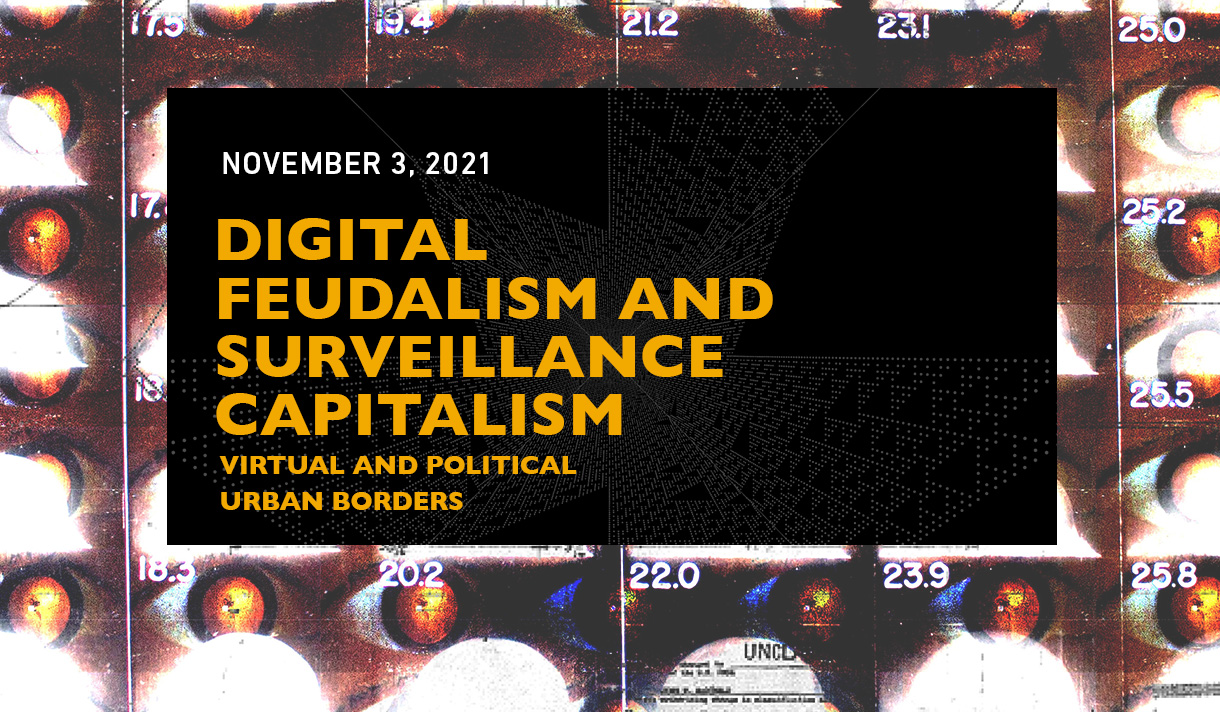Event
Digital Feudalism and Surveillance Capitalism Virtual and Political Urban Borders
November 3, 2021
6:00 PM – 8:00 PM
Borders and cities index a more economic system than the previous modern ideals of socioeconomic stability, health, and equity. These economic systems are measurable in how the city form follows finance (Willis) rather than environmental, urban, and architecture parameters. What are the consequences of capitalism in architecture and urbanism? How can we denaturalize cities as business and present alternative scenarios? In a globalized economy, people cannot move, but goods can. How can we disclose implicit and explicit political boundaries in the current neoliberal model? What are the possibilities for a post-capitalist urbanism in the post-Anthropocene era? How is technology enabling or resisting these processes? How is the current feudal capitalism in computation reinforcing or displacing this logic as well as physical and political borders?
Welcome
Maria R. Perbellini, Dean, School of Architecture and Design, New York Institute of Technology
Introduction and Moderation
- Pablo Lorenzo-Eiroa, Associate Professor, School of Architecture and Design, New York Institute of Technology
- Dong-Sei Kim, Assistant Professor, School of Architecture and Design, New York Institute of Technology
Panelists
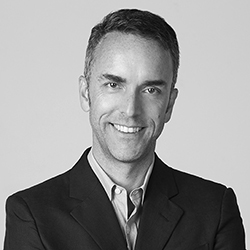
Sean Anderson
Undergraduate Program Director and Associate Professor, Cornell AAP
Bio
Sean Anderson was the associate curator in the Department of Architecture and Design at the Museum of Modern Art (MoMA) before returning to Cornell as an associate professor in Architecture and director of the B.Arch. program. A Fellow of the American Academy in Rome with a P.h.D. in African Art History, he has practiced as an architect and taught in Afghanistan, Australia, India, Italy, Morocco, Sri Lanka, and the United Arab Emirates. He has authored books on South Asian ritual sculpture, the modern architecture of colonial Eritrea, and coedited a volume dedicated to contemporary architecture and design in Sri Lanka. In 2020, he cocurated the exhibition On Muzharul Islam: Surfacing Intention at the Dhaka Art Summit in Dhaka, Bangladesh. At MoMA, he organized the exhibitions Insecurities: Tracing Displacement and Shelter (2016–17); Thinking Machines: Art and Design in the Computer Age, 1959-89 (2017–18); and four iterations of the Young Architects Program at MoMA PS1. He has also been responsible for or collaborated on permanent collection galleries including the ongoing Building Citizens and 2019's Surrounds. He co-organized with Mabel O. Wilson, Reconstructions: Architecture and Blackness in America, the first exhibition ever at MoMA to highlight the work of African American and African Diasporic architects (February 27–May 31, 2021).
In October 2016, the Museum of Modern Art opened the exhibition Insecurities: Tracing Displacement and Shelter. Dedicated, in part, to the approximately 60 million individuals who were at the time forcibly displaced from their homelands, the exhibition brought together works of architecture, art and design to reimagine the world as a space of transit, of permanent impermanence. Since then, the number of displaced persons due to multiple global emergencies has grown to more than 82 million. In this talk, former MoMA curator Sean Anderson will examine how this exhibition amplified the ways in which architects and designers may approach a present and future of unfolding humanitarian disasters and community engagements at all scales.
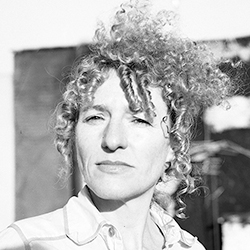
Jana Leo, Ph.D.
Thinker, Activist, Artist
Bio
Born in Madrid and based in New York City, Jana Leo is a philosopher who works on conceptual art and architecture. Leo holds a PhD and a BA in Philosophy (2004, 1992) both from the Universidad Autonoma de Madrid as well as a MA in Architecture from the SoA Princeton University (USA, 2000). Leo started in 2007 in New York, Civic Gaps (An initiative to detect "system failures" in the everyday life of the city) and in Madrid, in 20018, the MOSIS Foundation, Models and Systems; Art and City a initiative to rethink the intangible aspects of the city http://fundacionmosis.com/CivicGaps/. Leo is the author of the book Rape New York published by Feminist Press (US), Book Works (London) and Lince (Barcelona). As an artist Leo is well known for her photographic works and installations and have show in museums such as the MNCARS in Madrid.
On January 13, 2015, the de Blasio administration order the Economic Development Corporation to “choose HR&A on a sole source basis.” Former employees of HR&A Advisors occupy or have occupied the most important positions in urban, city planning and housing in the City of New York. On October 2, 2019, I hang banners in 19 Kingsland Avenue, Brooklyn, and I sit for the picture with the residents. I did it to revert the deed´s transfer under the TPT (Third-Party Transfer). The Grab: Appropriating private homes (HDFC coops); Doubletalk: The myth of “helping” affordable housing and its underlying agenda — the creation of 200,000 affordable units; Foxes in the henhouse: How support services for both subsidized housing and buildings that have agreements with the City have turned predatory; The highest bidder: Selling Social Housing to developers (Staten Island); Illusion versus Truth: The promise of new affordable housing in new developments is, in reality, a reduction of Rent-Stabilized Units.
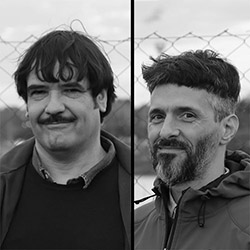
Mauricio Corvalan and Pio Torroja
Directors, m7red
Bio
m7red (2005) is an independent network of socially engaged architects and spatial planners. They work with citizens, especially under-represented communities, to counteract developments that impact negatively on communal spaces. Rejecting top-down processes of public decision making, m7red collaborate with stakeholders, network with relevant experts and create innovative tools that clarify power relations, vested interests and political pressures, thereby empowering people to claim their rights in public space. m7red is Mauricio Corbalan and Pio Torroja in association with individuals, groups and organizations according to the processes and situations of investigation and intervention. Both studied and were architecture professors at the University of Buenos Aires but developed their field of action independently and through a commitment to the stages and their collectives; since his working hypothesis is that the knowledge necessary for all co-evolution is immanent to those scenarios. They received the Prince Claus Award in architecture 2020.
Learn more: m7red.net | m7red.info
m7red participated in 2018 and 2019 with the Mapuche community "Campo Maripe" in the complex scenario of Vaca Muerta (the largest shale gas reserve in South America), it is important to understand the trends that are developing there in order to grasp the tensions and dangers that extractivism is incubating in the global crisis of COVID-19, but also understand the specificities of the situation; the local and its complexities and potential seem to be a way out of the prevailing growing abstraction and simplification; this situation may constitute a political program. It is part of our projects to return, as soon as the new restrictions allow, to the Campo Maripe community to continue working with them on the situation of the national survey of indigenous territories, the Law 26.160, territorial survey program of indigenous communities (ReTeCI) that seek to know the territorial situation of indigenous communities.
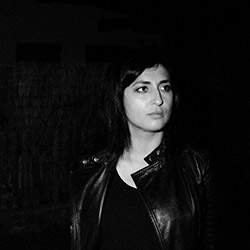
Zulaikha Ayub, Ph.D. Candidate
Princeton University, School of Architecture, Co-Director, Logische Phantasie Lab
Bio
Trained as an architect, Ayub’s research is mostly concerned with systems of media, secrecy, and technology in relation to the Manhattan Project and subsequent nuclear armaments. Reading across valences of drawing, image, science, and text, and adopting methodologies from critical geography and new materialism in addition to architecture, she aims to portray more accurately these histories and their entanglements with the present. Key to this work is keeping an open-field approach―moments, “things”, people, buildings, are always already situated, just like the knowledges that are explicitly or invisibility produced within, between, around, and of them. Ayub is co-director and Head of Expressions for the LoPh Lab, and founding member of the Graphe critical geography collective. She holds a B.Arch. degree from the Cooper Union, an MDesS degree (with Distinction) from Harvard University, and is completing her Ph.D. dissertation at Princeton University entitled “Translations from Drawing to Bombing (and Other Disarrays.” She has taught graduate and undergraduate design studios, lectures, and seminars at Pratt Institute, Mississippi State University, Catholic University of America, Mountainview Correctional Facility, and City College of New York.
In his 1984 text Cahiers du Cinema, the late urban theorist and architect Paul Virilio writes “The War Machine and the Sight Machine are one and the same—“[t]here is no war, then, without representation...[w]eapons are tools not just of destruction but also of perception.” Drawing together war to weaponry on the one hand, and representation to perception and stimulation on the other, he advances his thesis by expositing representationalism as a battleground itself, an “idealism conquest.” By inverting the relation established by Virilo, this talk begins by asking “Is there no representation, then, without war?” in context of line-making practices during the Manhattan Project. From the diagrams necessary to explain quantum field theory, to blueprints of fission devices dropped on Japan, how are they inscribed, by whom, and to what effect? Is there a correlation between the grids found on war department division-of-labor and chain-of-command charts, and those seared into the flesh of Japanese survivors? And finally, what do they reveal about a practice so intimately tied to what architects primarily produce?
NOTE: You must register to receive the pertinent Zoom information. If you already registered for this event, you do not need to register again.
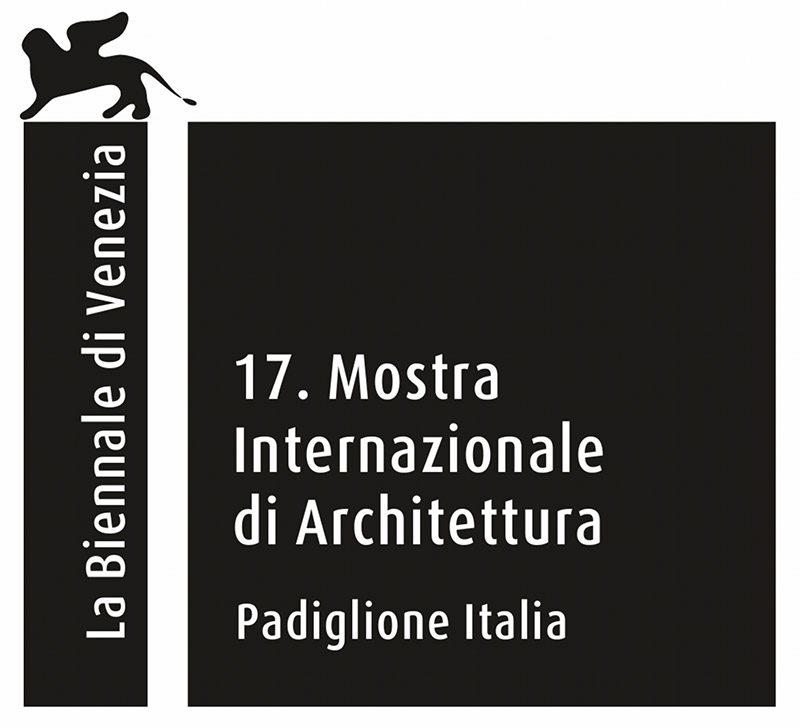
New York Institute of Technology School of Architecture and Design at the 17th International Architecture Biennale 2021, and the Virtual Italian Pavilion
Questions? Contact the School of Architecture & Design at archevents@nyit.edu
